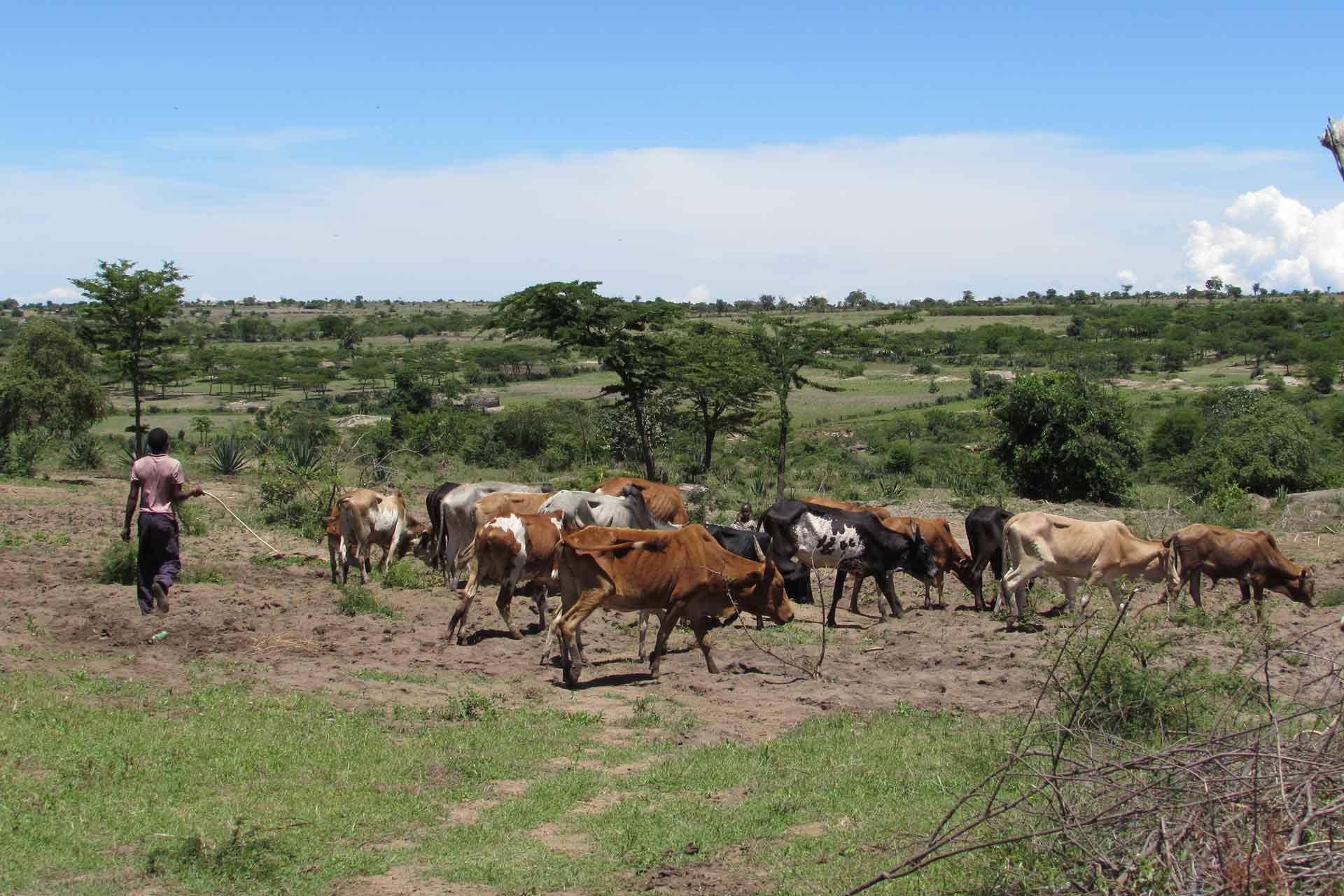Phylodynamic reconstruction of O CATHAY topotype foot-and-mouth disease virus epidemics in the Philippines
Reconstructing the evolutionary history, demographic signal and dispersal processes from viral genome sequences contributes to our understanding of the epidemiological dynamics underlying epizootic events. In this study, a Bayesian phylogenetic framework was used to explore the phylodynamics and spatio-temporal dispersion of the O CATHAY topotype of foot-and-mouth disease virus (FMDV) that caused epidemics in the Philippines between 1994 and 2005. Sequences of the FMDV genome encoding the VP1 showed that the O CATHAY FMD epizootic in the Philippines resulted from a single introduction and was characterised by three main transmission hubs in Rizal, Bulacan and Manila Provinces. From a wider regional perspective, phylogenetic reconstruction of all available O CATHAY VP1 nucleotide sequences identified three distinct sub-lineages associated with country-based clusters originating in Hong Kong Special Administrative Region (SAR), the Philippines and Taiwan. The root of this phylogenetic tree was located in Hong Kong SAR, representing the most likely source for the introduction of this lineage into the Philippines and Taiwan. The reconstructed O CATHAY phylodynamics revealed three chronologically distinct evolutionary phases, culminating in a reduction in viral diversity over the final 10 years. The analysis suggests that viruses from the O CATHAY topotype have been continually maintained within swine industries close to Hong Kong SAR, following the extinction of virus lineages from the Philippines and the reduced number of FMD cases in Taiwan.
Back to publications

